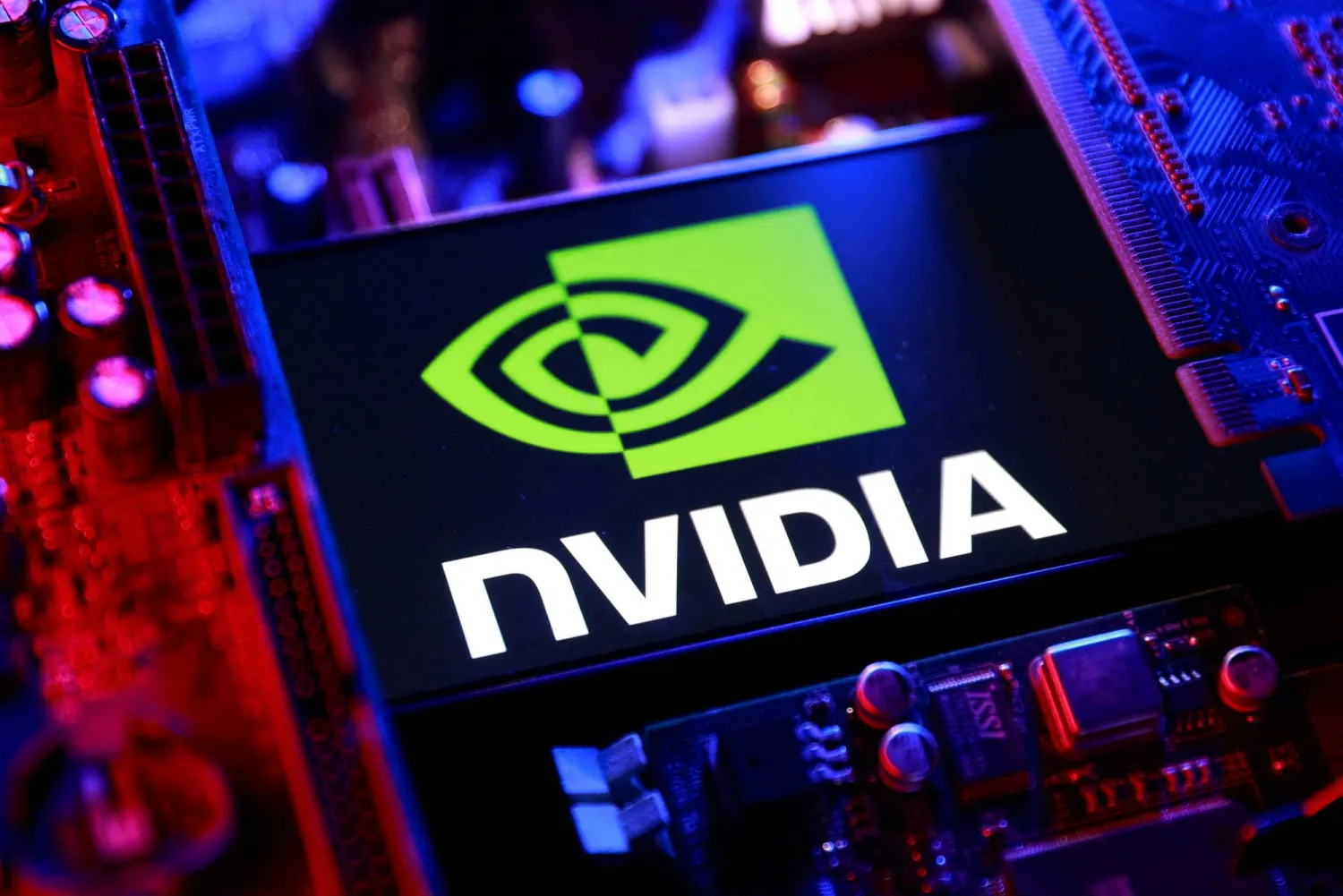For decades, video games have relied on scripted, stilted interactions with non-player characters to help shepherd gamers in their journeys. But as artificial intelligence technology improves, game studios are experimenting with generative AI to help build environments, assist game writers in crafting NPC dialogue and lend video games the improvisational spontaneity once reserved for table-top role-playing games.
In the multiplayer game “Retail Mage,” players help run a magical furniture store and assist customers in hopes of earning a five-star review. As a salesperson — and wizard — they can pick up and examine items or tell the system what they'd like to do with a product, such as deconstruct chairs for parts or tear a page from a book to write a note to a shopper.
A player’s interactions with the shop and NPCs around them — from gameplay mechanics to content and dialogue creation — are fueled by AI rather than a predetermined script to create more options for chatting and using objects in the shop.
“We believe generative AI can unlock a new kind of gameplay where the world is more responsive and more able to meet players at their creativity and the things that they come up with and the stories they want to tell inside a fantasy setting that we create for them,” said Michael Yichao, cofounder of Jam & Tea Studios, which created “Retail Mage.”
The typical NPC experience often leaves something to be desired. Pre-scripted interactions with someone meant to pass along a quest typically come with a handful of chatting options that lead to the same conclusion: players get the information they need and continue on. Game developers and AI companies say that by using generative AI tech, they aim to create a richer experience that allows for more nuanced relationships with the people and worlds that designers build.
Generative AI could also provide more opportunities for players to go off-script and create their own stories if designers can craft environments that feel more alive and can react to players' choices in real-time.
Tech companies continue to develop AI for games, even as developers debate how, and whether, they’ll use AI in their products. Nvidia created its ACE technologies to bring so-called “digital humans” to life with generative AI. Inworld AI provides developers with a platform for generative NPC behavior and dialogue. Gaming company Ubisoft said last year that it uses Ghostwriter, an in-house AI tool, to help write some NPC dialogue without replacing the video game writer.
A report released by the Game Developers Conference in January found that nearly half of developers surveyed said generative AI tools are currently being used in their workplace, with 31% saying they personally use those tools. Developers at indie studios were most likely to use generative AI, with 37% reporting using the tech.
Still, roughly four out of five developers said they worry about the ethical use of AI. Carl Kwoh, Jam & Tea's CEO, said AI should be used responsibly alongside creators to elevate stories — not to replace them.
“That’s always been the goal: How can we use this tool to create an experience that makes players more connected to each other?” said Kwoh, who is also one of the company’s founders. “They can tell stories that they couldn’t tell before.”
Using AI to provide NPCs with endless things to say is “definitely a perk,” Yichao said, but "content without meaning is just endless noise." That's why Jam & Tea uses AI — through Google's Gemma 2 and their own servers in Amazon — to give NPCs the ability to do more than respond, he said. They can look for objects as they’re shopping or respond to other NPCs to add “more life and reactivity than a typically scripted encounter.”
“I’ve watched players turn our shopping experience into a bit of a dating sim as they flirt with customers and then NPCs come up with very realistic responses,” he said. “It’s been really fun to see the game react dynamically to what players bring to the table.”
Demonstrating a conversation with an NPC in the game “Mecha BREAK,” in which players battle war machines, Ike Nnole said that Nvidia has made its AI “humans” respond faster than they previously could by using small language models. Using Nvidia's AI, players can interact with the mechanic, Martel, by asking her to do things like customize the color of a mech machine.
“Typically, a gamer would go through menus to do all this,” Nnole, a senior product marketing manager at Nvidia said. “Now it could be a much more interactive, much quicker experience.”
Artificial Agency, a Canadian AI company, built an engine that allows developers to bring AI into any part of their game — not only NPCs, but also companions and “overseer agents” that can steer a player towards content they’re missing. The AI can also create tutorials to teach players a skill that they are missing so they can have more fun in-game, the company said.
“One way we like to put it is putting a game designer on the shoulder of everyone as they’re playing the game,” said Alex Kearney, cofounder of Artificial Agency. The company’s AI engine can be integrated at any stage of the game development cycle, she said.
Brian Tanner, Artificial Agency's CEO, said scripting every possible outcome of a game can be tedious and difficult to test. Their system allows designers to act more like directors, he said, by telling characters more about their motivation and background.
"These characters can improvise on the spot depending on what’s actually happening in the game,” Tanner said.
It's easy to run into a game's guardrails, Tanner said, where NPCs keep repeating the same phrase regardless of how players interact with them. But as AI continues to evolve, that will change, he added.
“It is truly going to feel like the world’s alive and like everything really reacts to exactly what’s happening," he said. “That’s going to add tremendous realism.”









